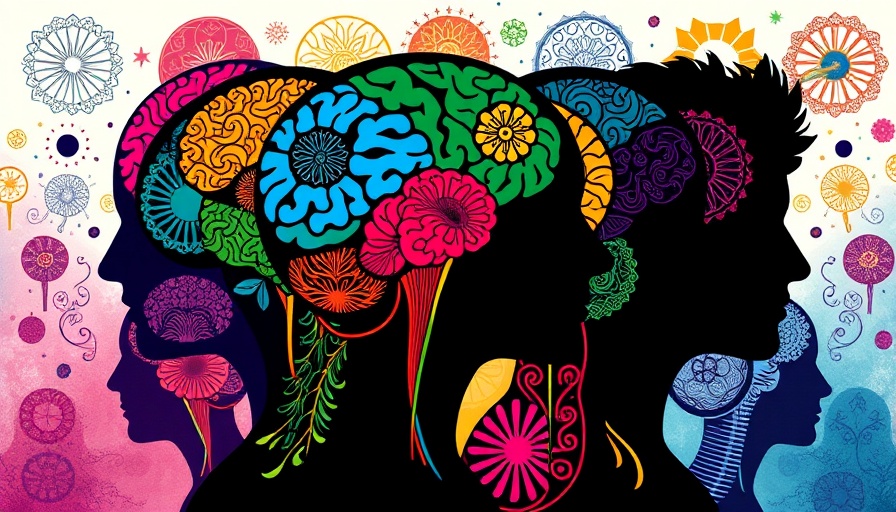
Exploring the Hidden Benefits of AI for All Workers
As artificial intelligence (AI) technology becomes ever more integrated into the workplace, a recent UK government study has brought to light a surprising revelation: neurodiverse employees might be among the largest beneficiaries of AI tools. While many perceive AI primarily as a productivity enhancement for everyone, recent findings suggest that those with neurodiversity experience unique advantages that are often overlooked.
AI's Empowering Influence on Neurodiversity
The study, conducted by the UK's Department for Business and Trade, focused on the efficacy of Microsoft 365 Copilot and revealed a significant uptick in satisfaction levels among neurodiverse individuals. While overall user satisfaction was reported at 72%, neurodiverse users indicated a much higher satisfaction rate—reaching up to 90%. This shows that AI tools may not only assist these individuals in professional settings but also bring a newfound confidence in their abilities.
One participant with ADHD expressed that the AI tool effectively "leveled the playing field," allowing them to engage in tasks they would previously struggle with. Similarly, a user with dyslexia stated that the AI functionalities empowered them to write reports confidently—a stark contrast to the hurdles they faced without such tools. Another participant pointed out that Copilot outperforms existing accessibility software by being embedded within everyday applications rather than requiring separate programs.
Inclusive Tools for Broader Workforce Integration
The findings extended beyond neurodiverse individuals to include users with hearing disabilities. The ability of AI systems to transcribe meetings in real-time facilitated more inclusive participation, allowing individuals the opportunity to engage fully in discussions without the stress of missing crucial points. One participant noted how this capability enabled them to share ideas more freely rather than sitting silently and fatigued from overstaying focus.
Addressing Accessibility Gaps
These observations shine a light on an essential and often neglected aspect of AI: its potential to significantly improve workplace accessibility. Traditional accommodations have frequently missed the mark, leaving many employees out of the loop. AI tools like Copilot take advantage of modern technology to fill these gaps, offering tangible solutions that enhance the day-to-day experiences of diverse work groups.
Through this study, we learn that workplaces can continue to evolve, utilizing AI to close the accessibility gap and ensure that all employees have equal opportunities to thrive. As society progresses, integrating AI into collaborative tasks can allow neurodiverse individuals to contribute their talents meaningfully.
The Future of AI in Workplace Accessibility
Looking ahead, the integration of AI tools promises to pave the way for a more inclusive work environment. As organizations seek to adopt new technologies, it’s crucial to consider the diverse needs of all employees—particularly those who have historically faced disadvantages in the workplace. AI not only holds the potential to increase workplace productivity but can also draw new connections among colleagues, breaking down barriers through improved accessibility.
By bridging the accessibility gap with AI, we march toward a future where diversity in the workforce is celebrated, and all employees feel empowered to express themselves and excel in their professions.
As companies continue exploring AI implementations, the emerging trends in workforce technology might redefine our understanding of productivity and inclusivity. It is essential for leaders across industries to approach AI advancements with an open mind and focus on creating supportive environments for everyone.
Considering all that AI can achieve, let's advocate for innovations that cater not only to the majority but also to sustain a diverse and thriving workforce.
 Add Row
Add Row  Add
Add 




Write A Comment